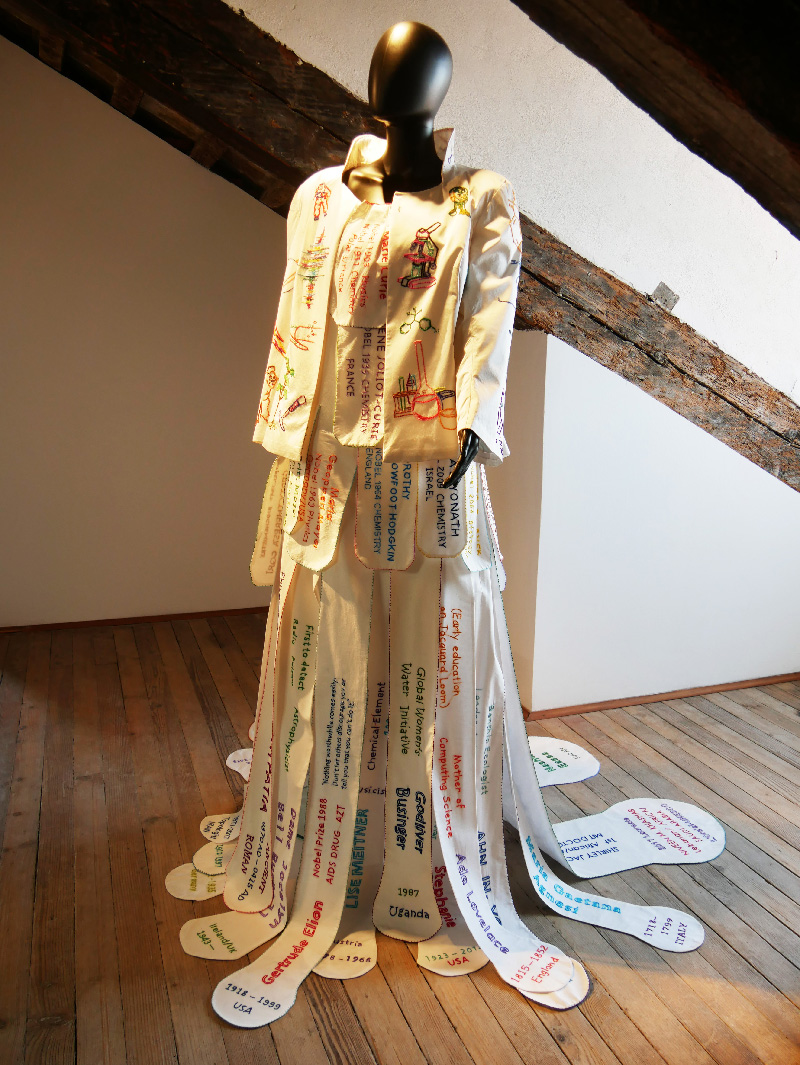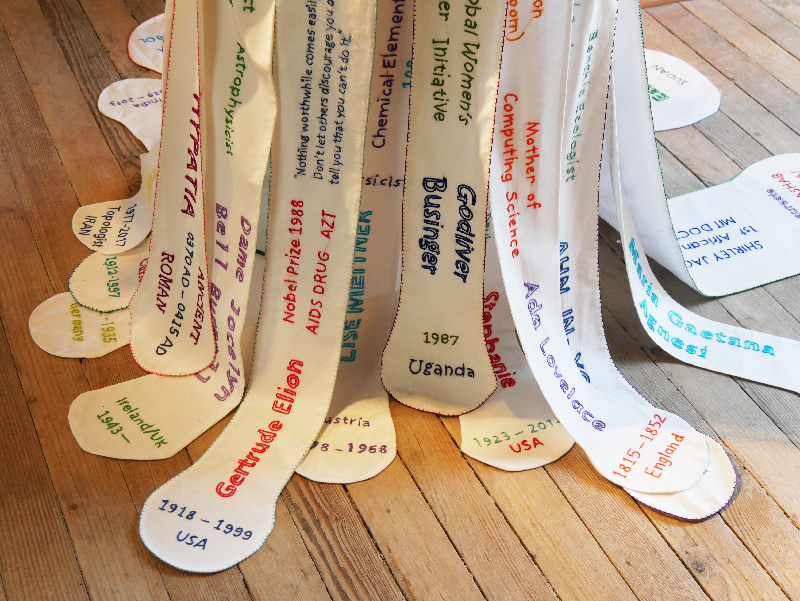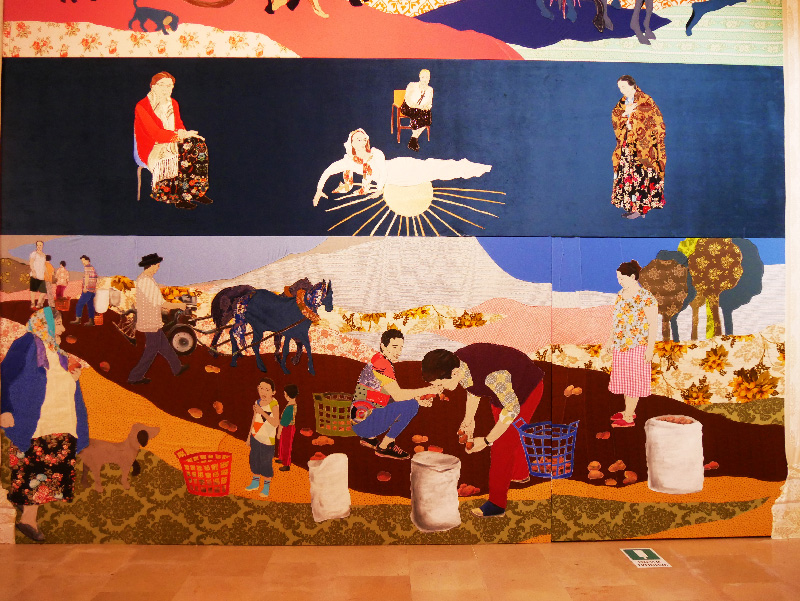
The 59th Venice Biennale Part TwoThe national contributions and accompanying events
Poland
The greatest national contribution is certainly that of Polish artist Malgorzata Mirga-Tas who has created an impressive textile manifesto of Roma identity and art. A Romani herself, she drew her inspiration from the astrological frescoes in the Palazzo Schifanoia in Ferrara. The entire Polish pavilion was transformed into a “picture palace”, an installation of 12 large-format textile pictures – referring to the 12 calendar months – depicting images from the Roma culture. After all, they constitute the largest European minority.
The top row of images tells the story of the Roma’s mythological journey to Europe; the middle row shows Roma stories combining real women with magic and astrology; the bottom row depicts everyday life in the artist’s place of residence, Czarna Góra and other Roma settlements in the Tatra Mountains.
This work was apparently created on site within a few months, in collaboration with colleagues, using textile fragments from clothes belonging to the artist’s family and friends.
Similar to a fresco, this rapidly created work resulted in a fresh expression of the textile images which, despite their high standard, never deny the everyday.
The title of the work ,”Re-enchanting the World”, refers to the revival of a peaceful community or a transnational culture.
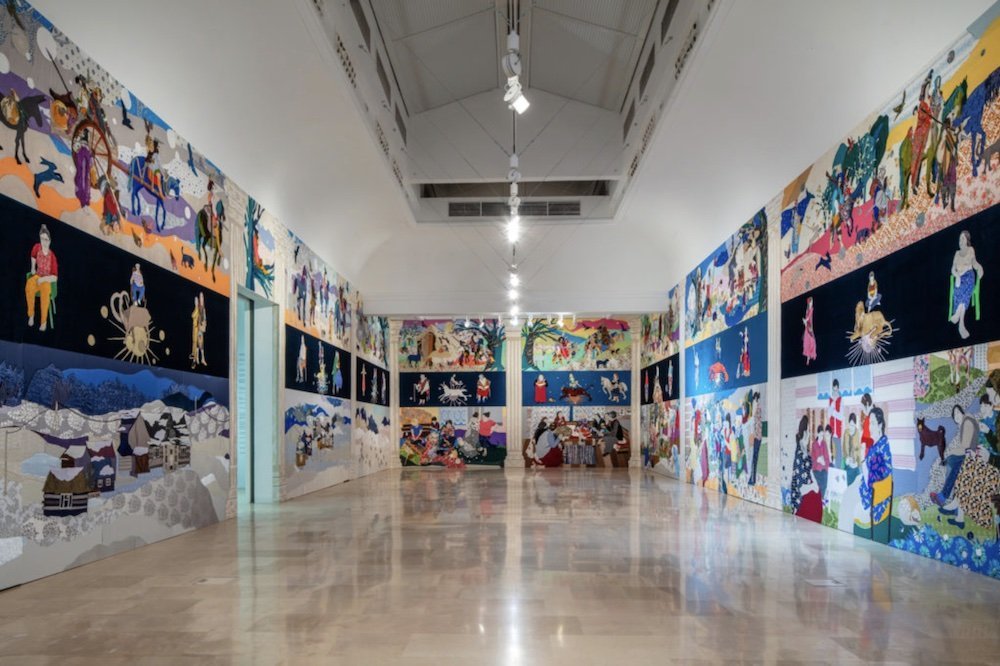
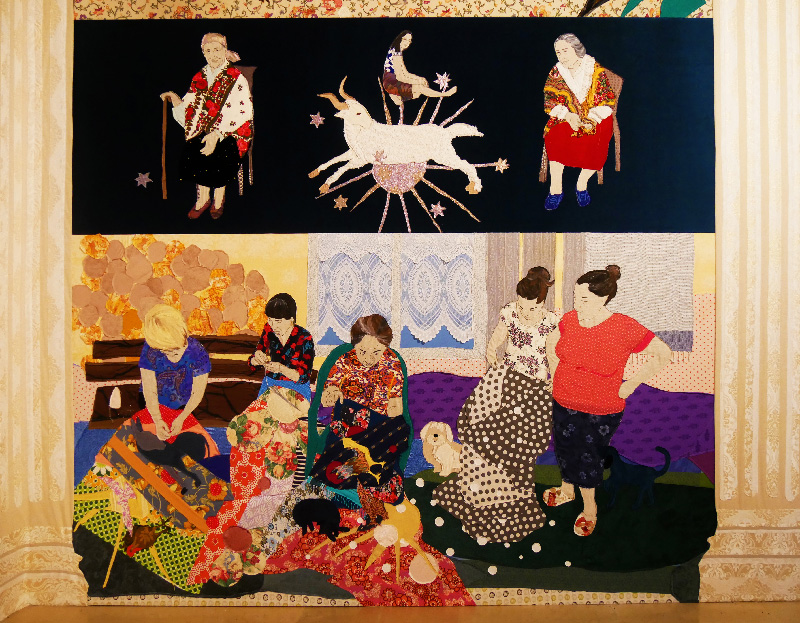
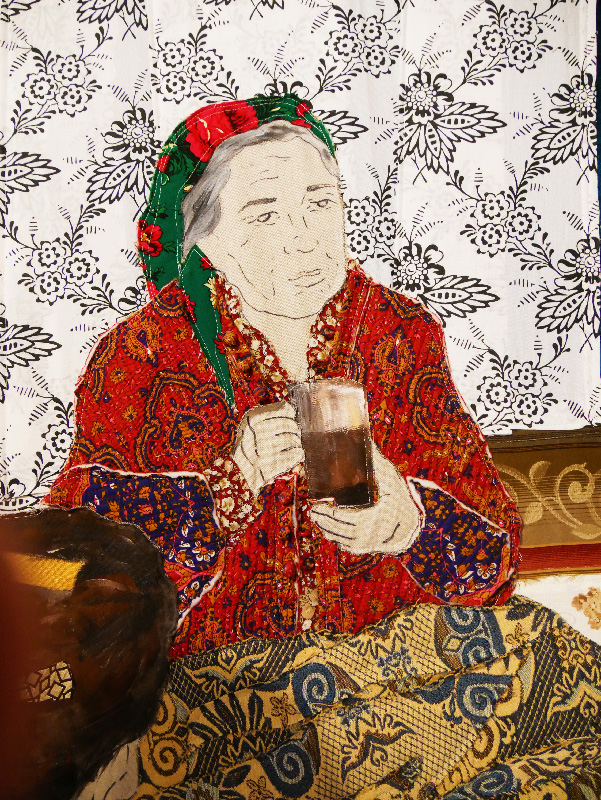
The Sami Pavilion
This is the second place I loved! For the first time, the beautiful pavilion representing the Nordic countries (Finland, Norway and Sweden) has been renamed the Sami Pavilion. The works of three Sami artists are on display, among which I was particularly interested in those by Máret Ánne Sara. She makes textile installations using the sinews of reindeer that reflect the smell of these animals by means of non-verbal communication. In another work she mourns the loss of many animals due to government regulations and climate change.
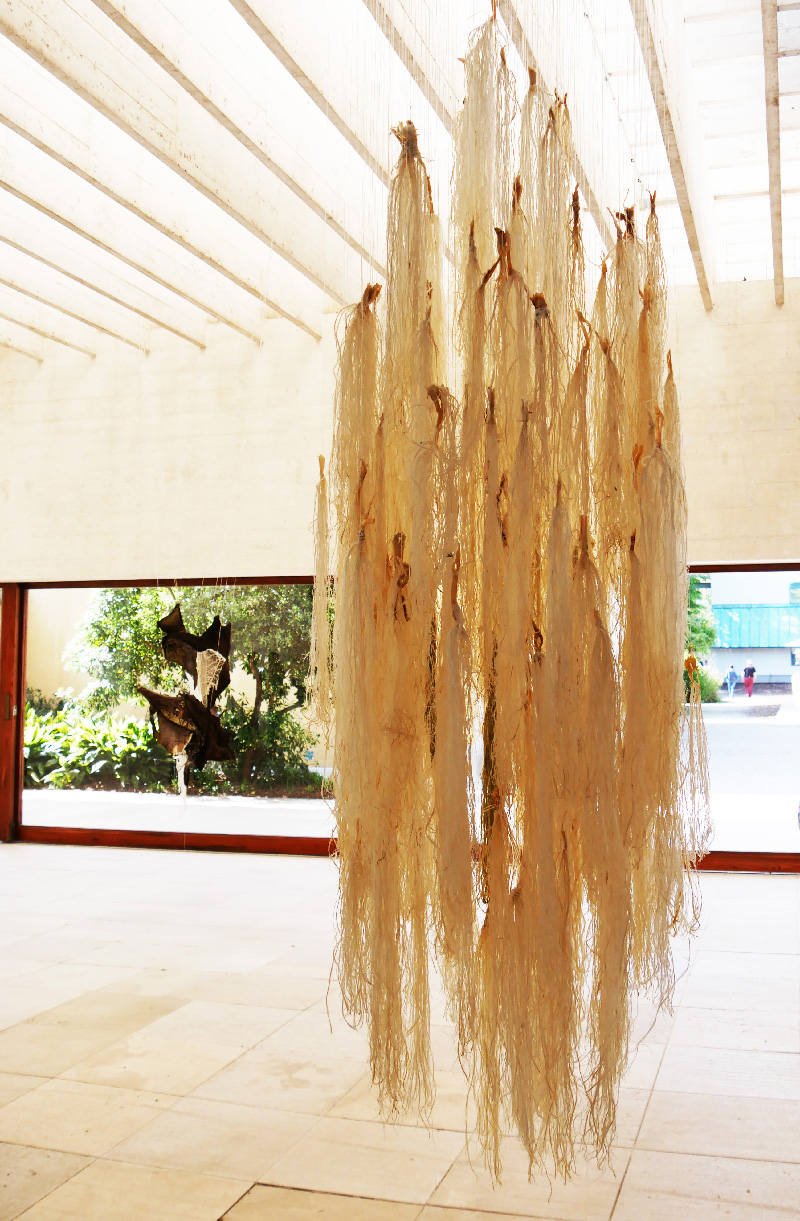
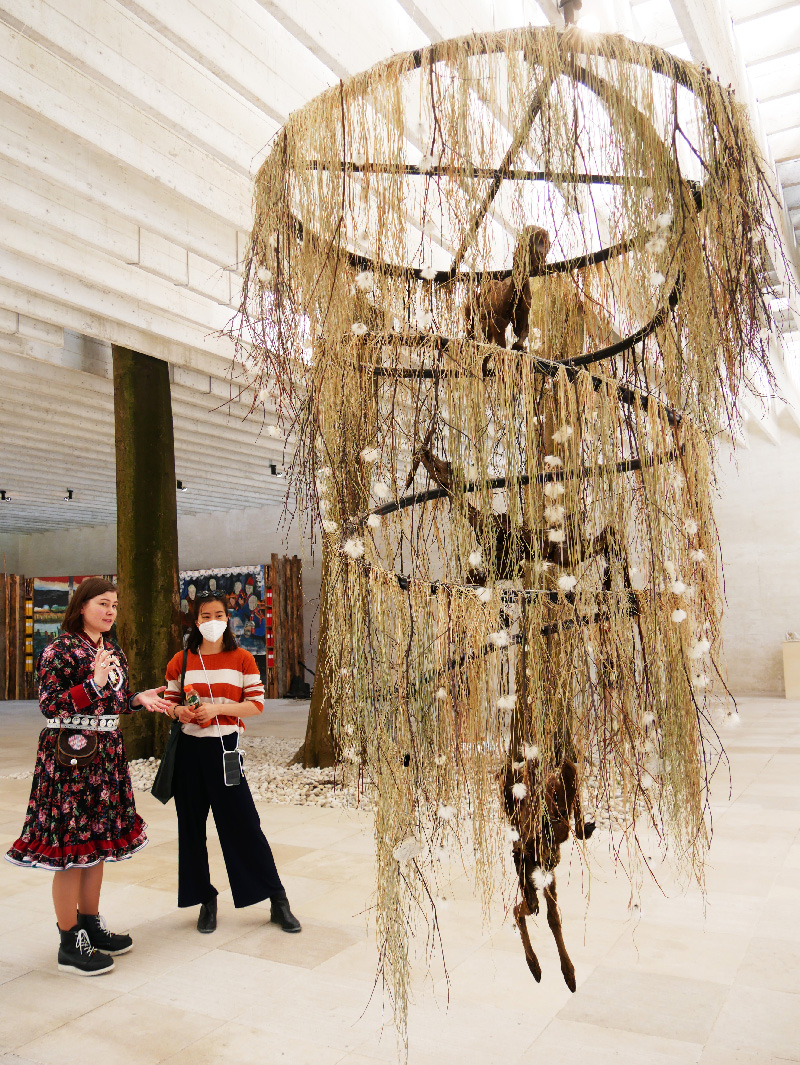
Denmark
The Danish Pavilion presents two installations featuring centaurs by artist Uffe Isolotto, entitled ‘We Walked the Earth’. It’s not really textiles, and certainly nothing happy, but it’s done so well that it really takes your breath away. Isolotto sees her characters as mixed creatures, as symbols from a post-human world: “They try to survive in a world where being human is no longer enough.”
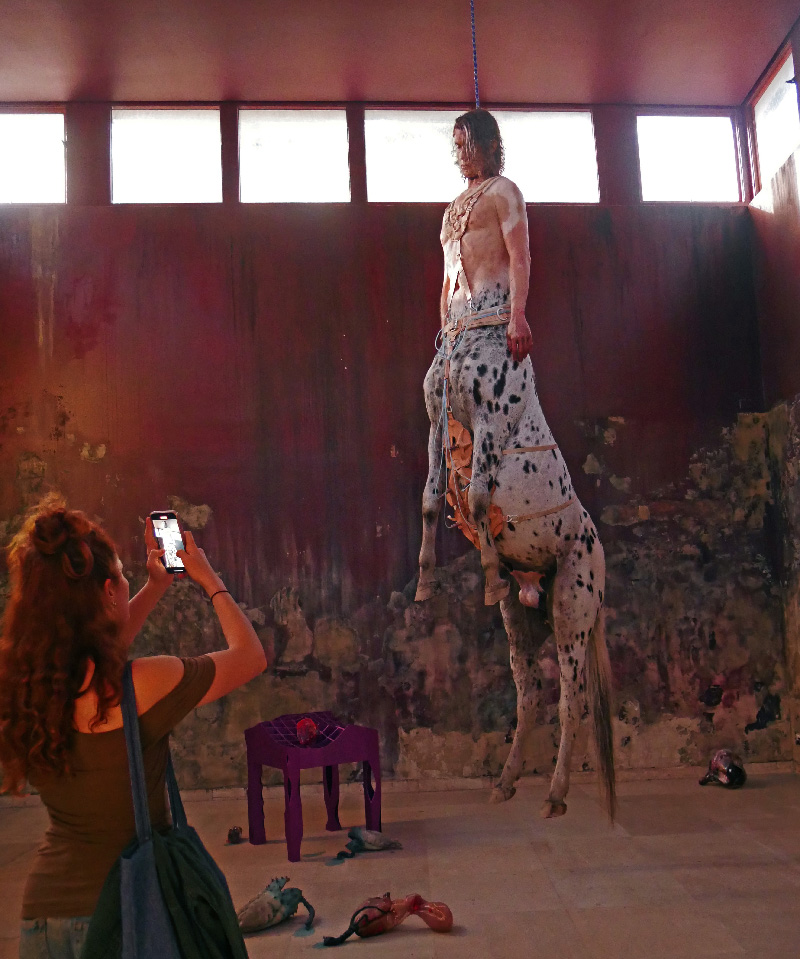
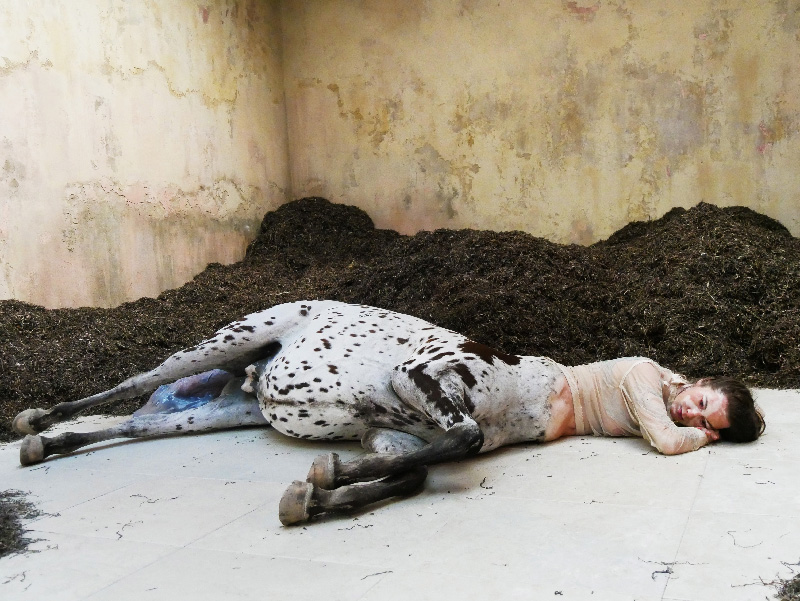 Pavilion Denmark; Uffe Isolotto “We Walked the Earth”, Installationen mit Zentauren als Sinnbild einer posthumanen Welt; photo Beatrijs Sterk[/caption
Pavilion Denmark; Uffe Isolotto “We Walked the Earth”, Installationen mit Zentauren als Sinnbild einer posthumanen Welt; photo Beatrijs Sterk[/caption
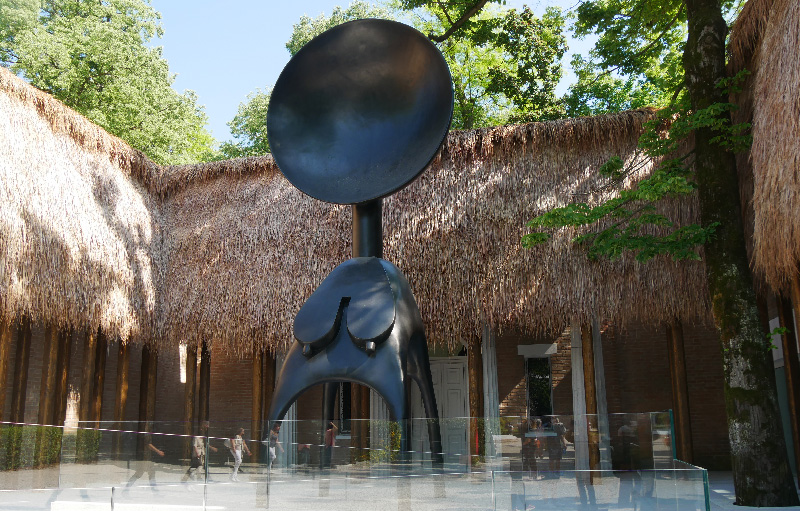 Simone Leigh’s American Pavilion at the 2022 Venice Art Biennale; photo Beatrijs Sterk
Simone Leigh’s American Pavilion at the 2022 Venice Art Biennale; photo Beatrijs Sterk
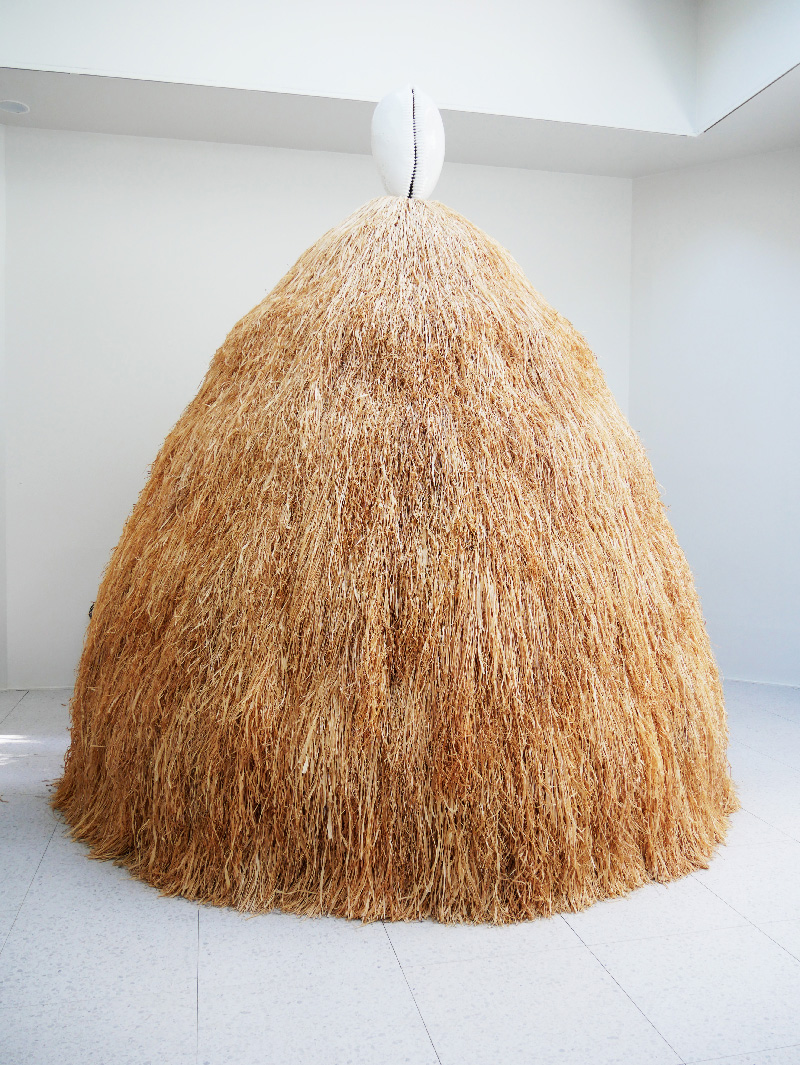
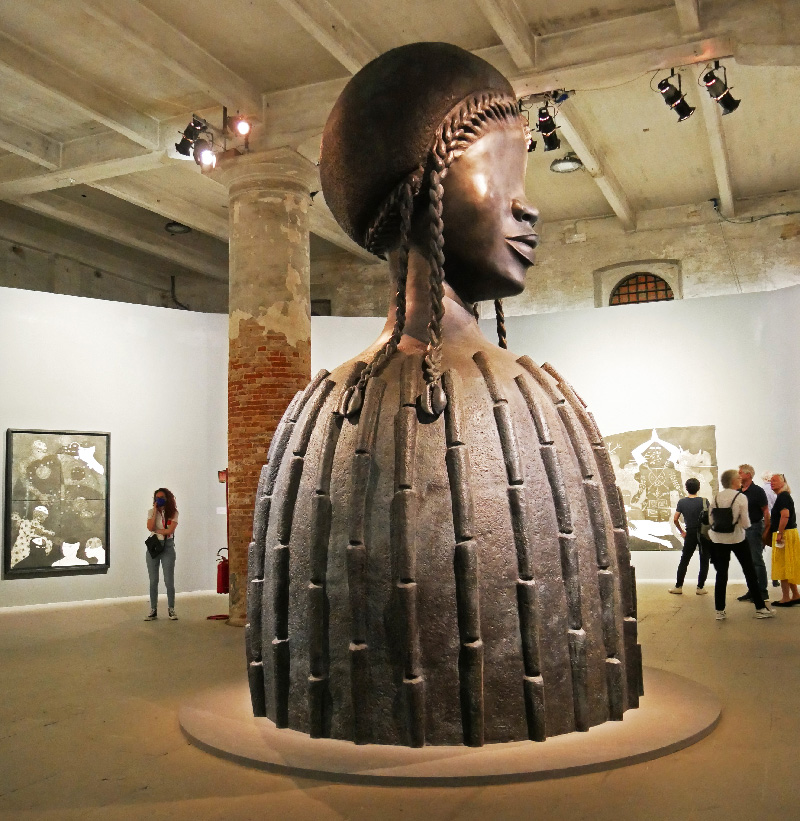
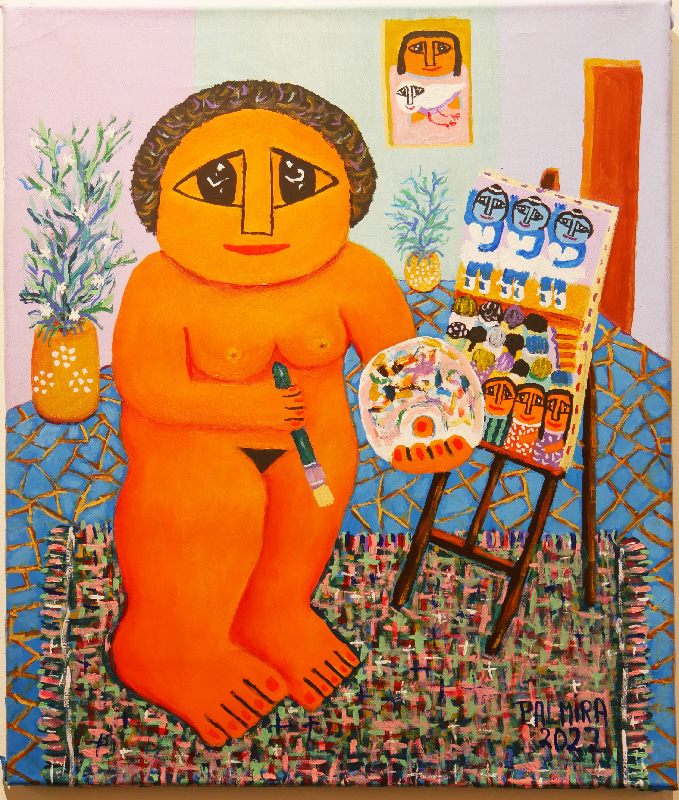
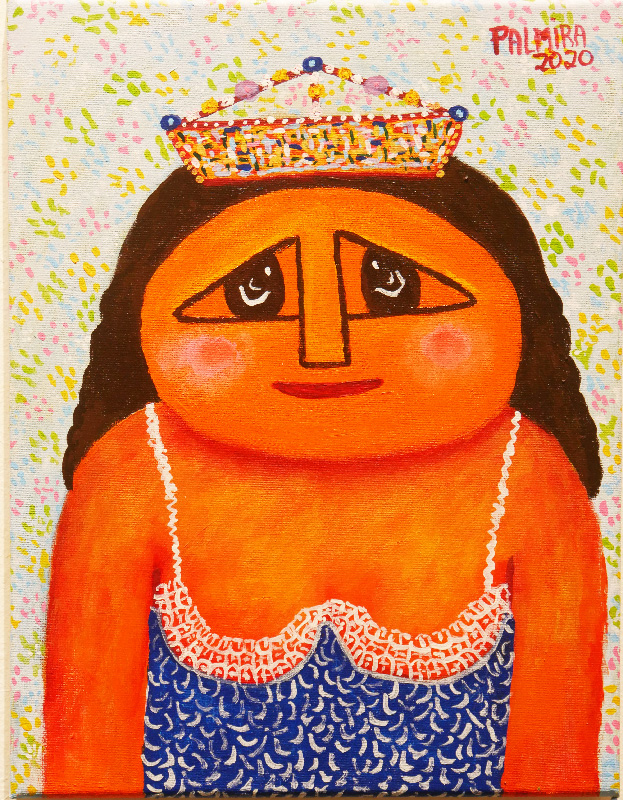
MexicoThis pavilion was very disappointing; the artists were hoping to “show alternative perspectives and a decolonised future”. As a viewer, I was happy to see some weavings on show, but I did not understand their purpose and why one could not learn more about it.
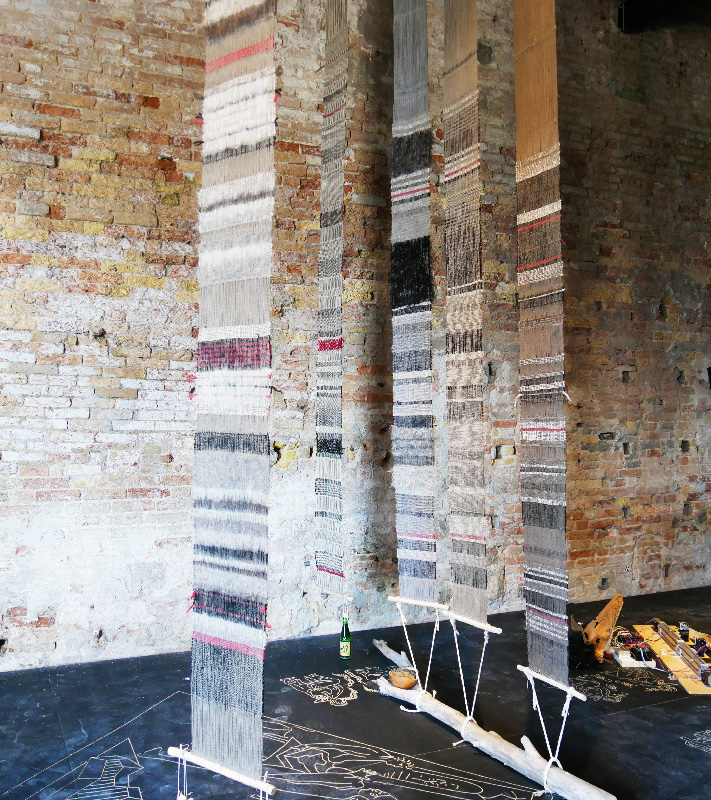
PhilippinesIn this pavilion, too, a performance had been created by means of textiles and sound, although unfortunately nothing could be learned about the textiles (ikats). This left one with the impression that they were just an unimportant accessory.
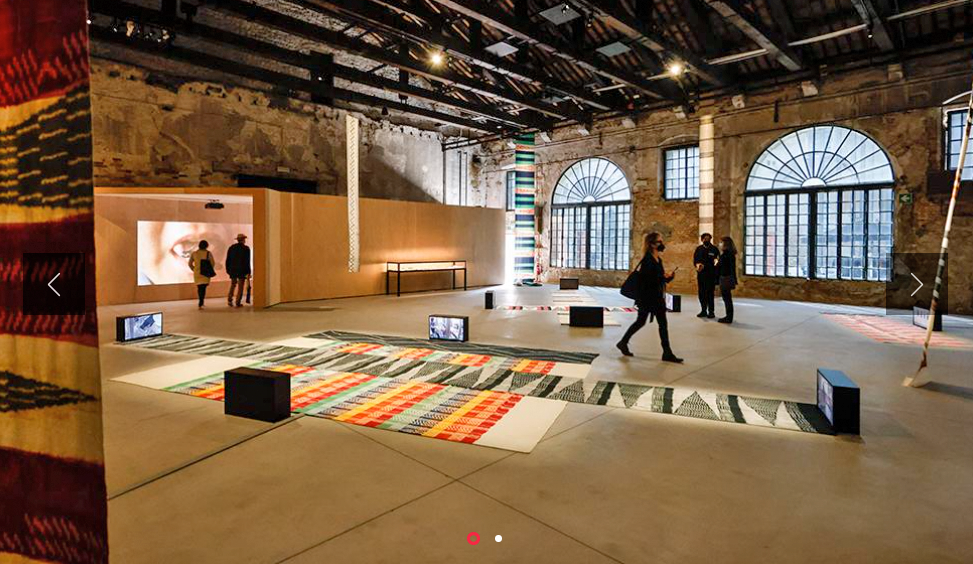
KyrgyzstanThis pavilion shows the textile installation “Gates of Turan” by the Iranian artist Firuz Farman Farmayan in which many Kyrgyz artists were involved. However, these are not mentioned, and this has led to a scandal in Kyrgyzstan.
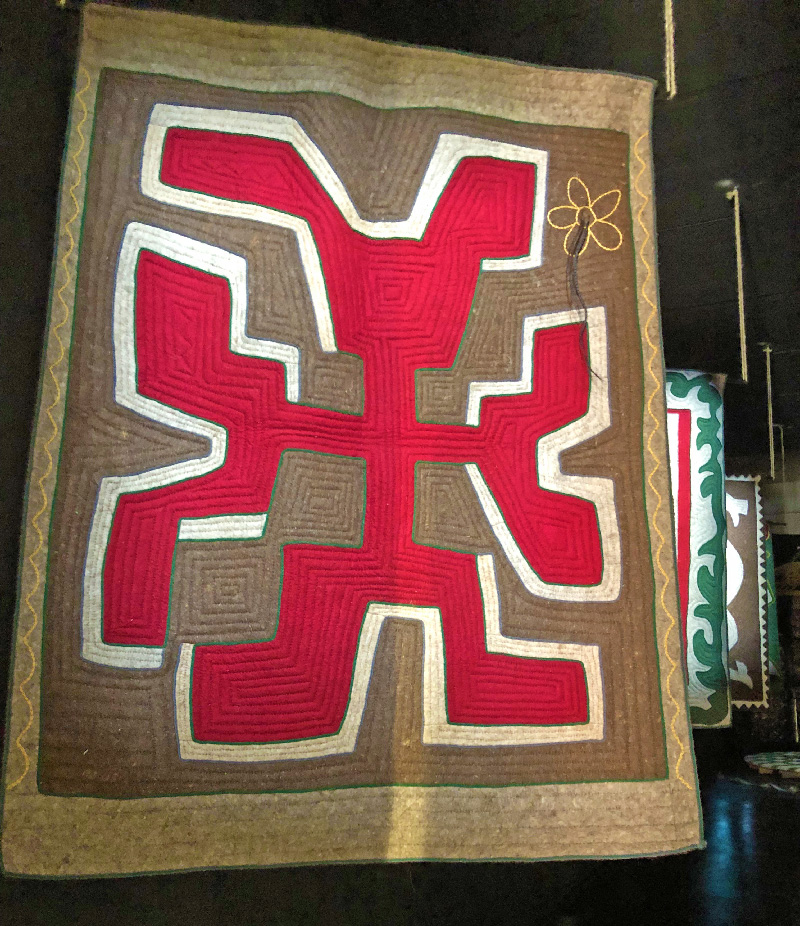
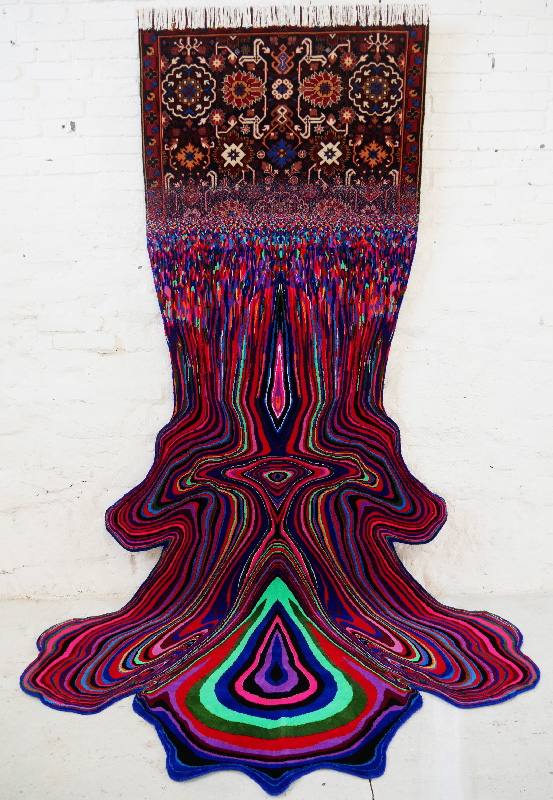
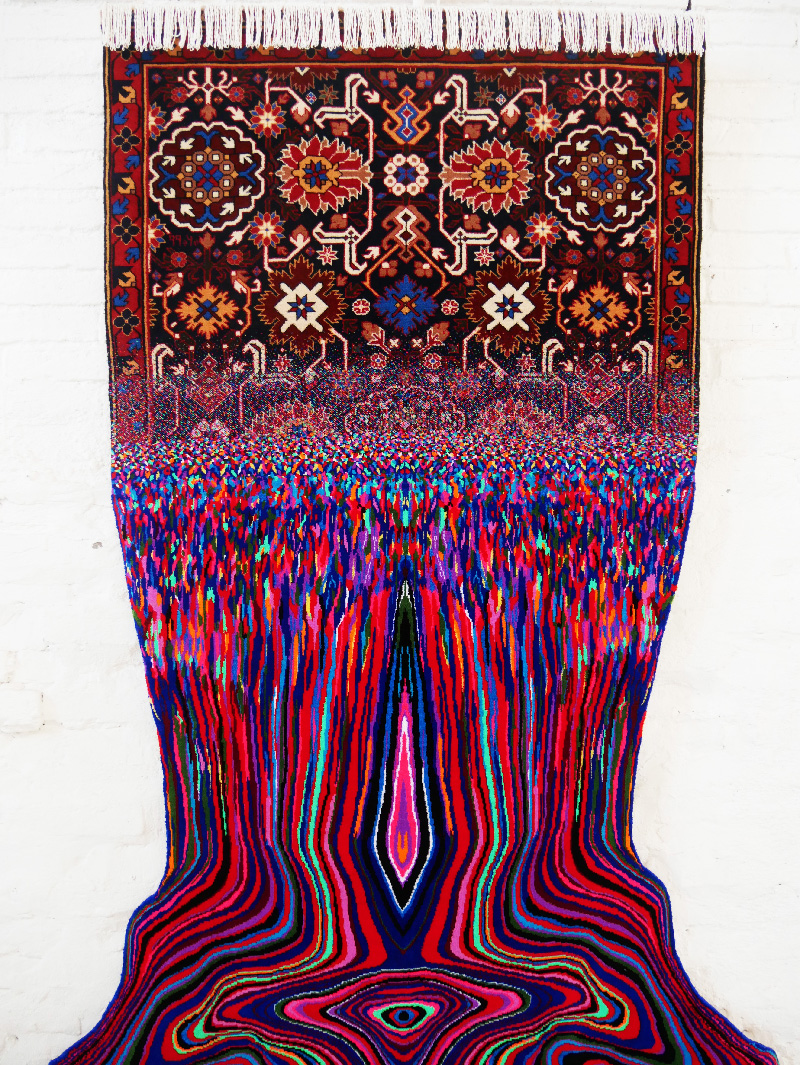
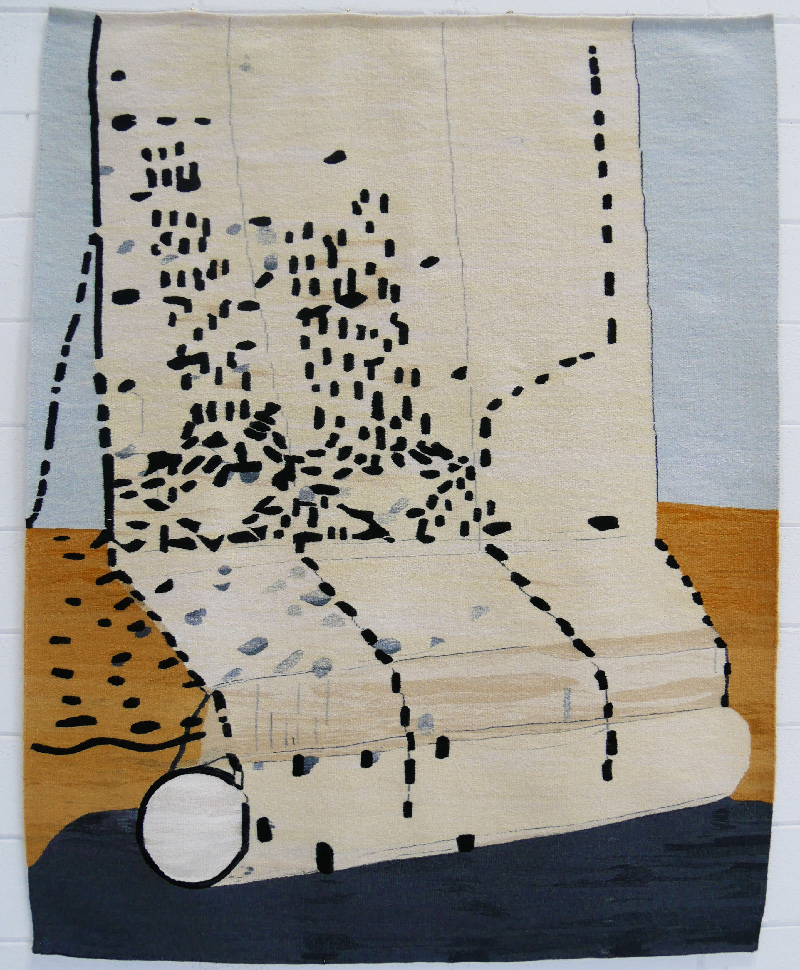
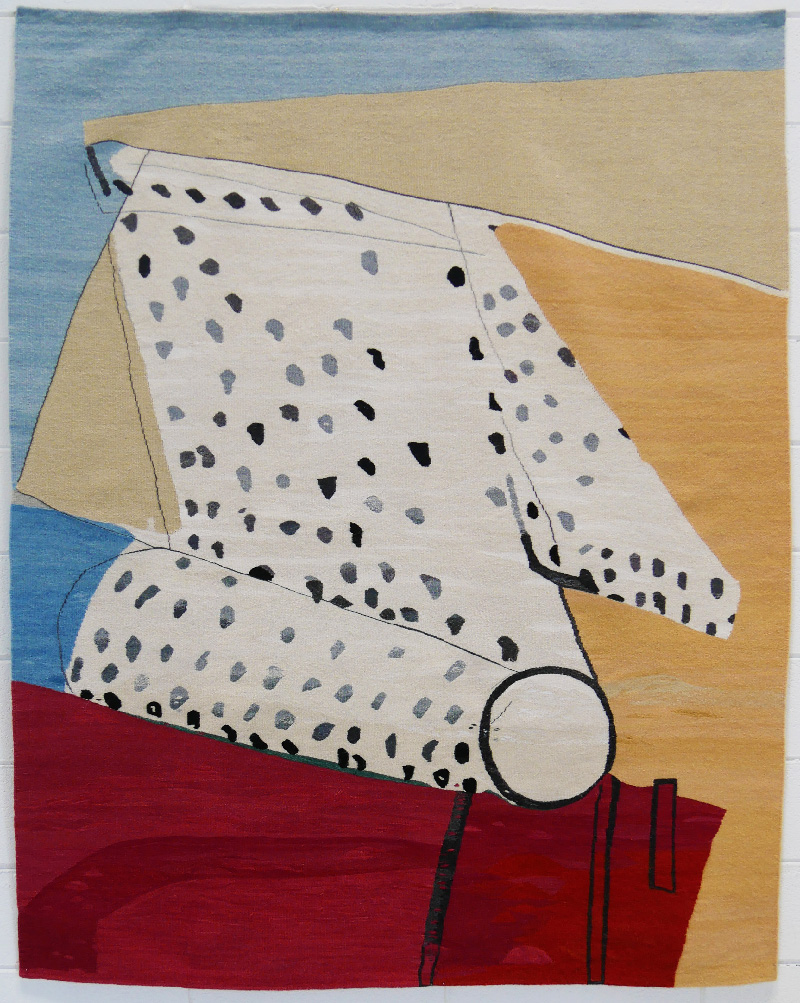
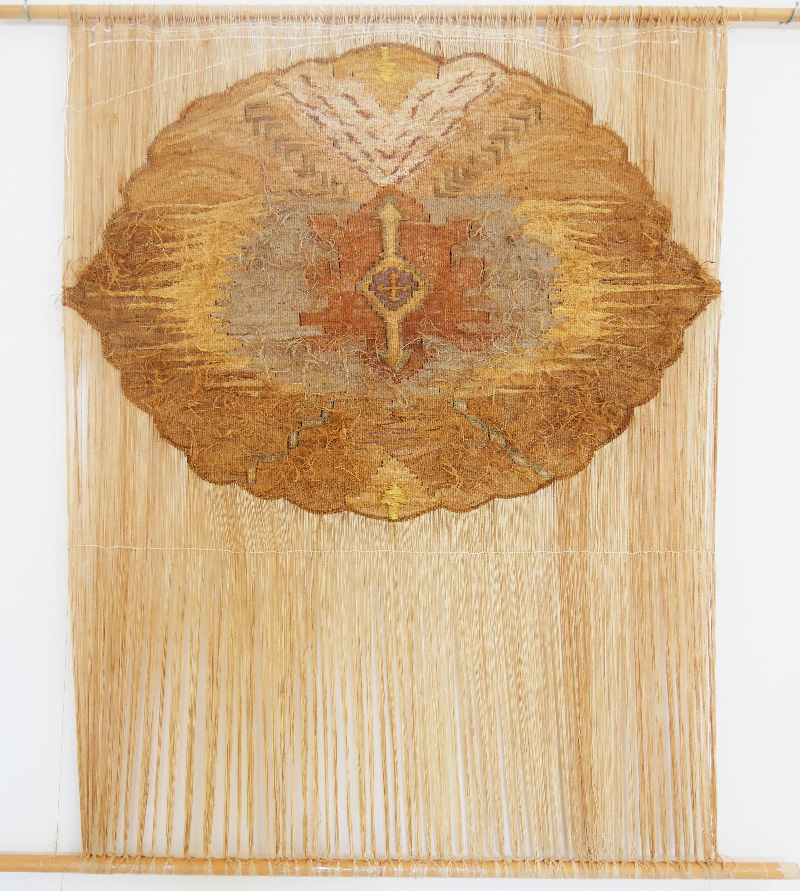
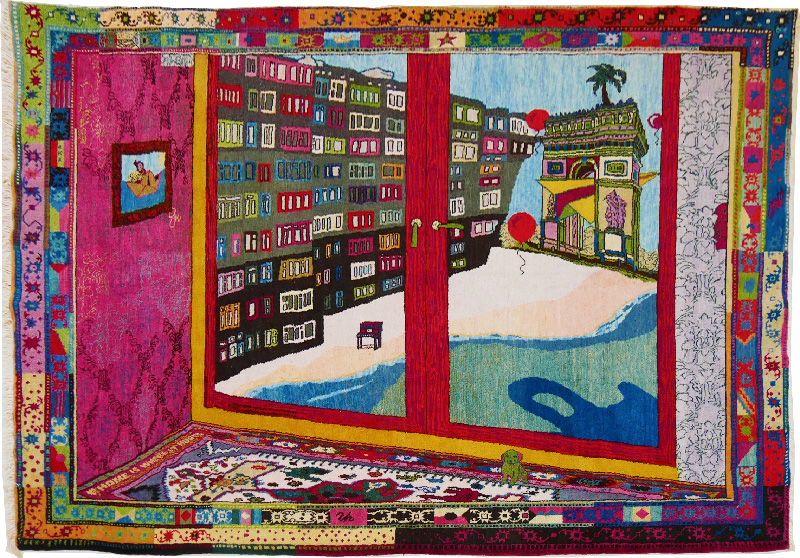
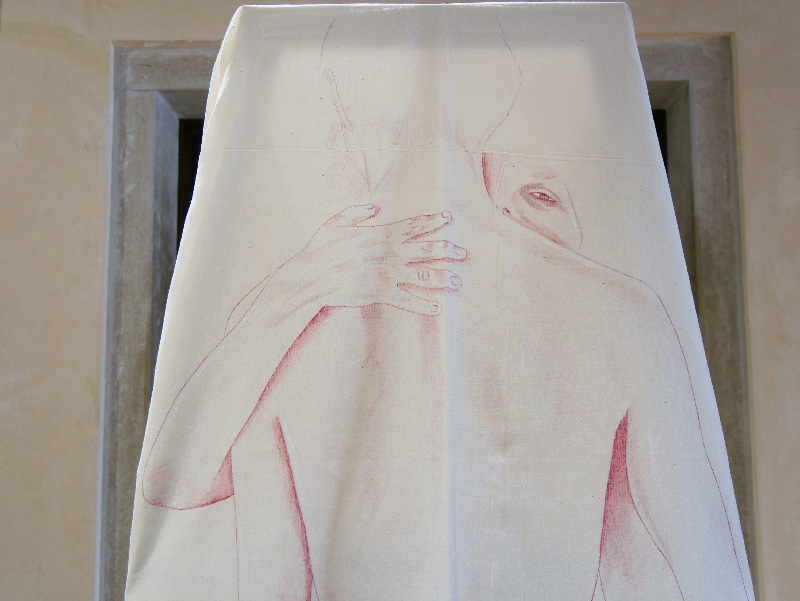
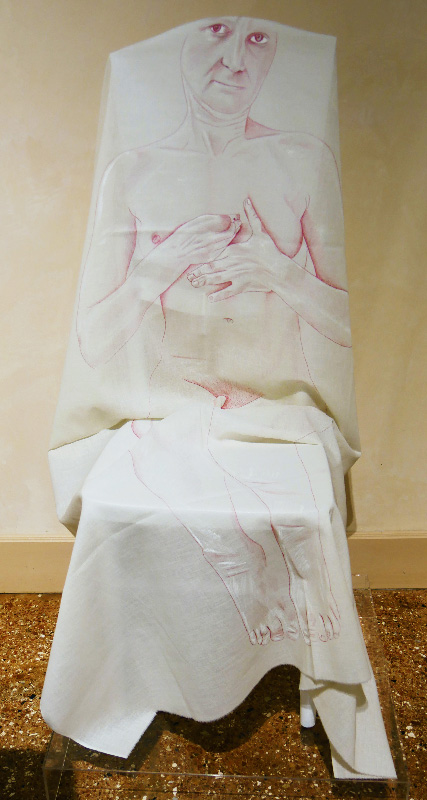
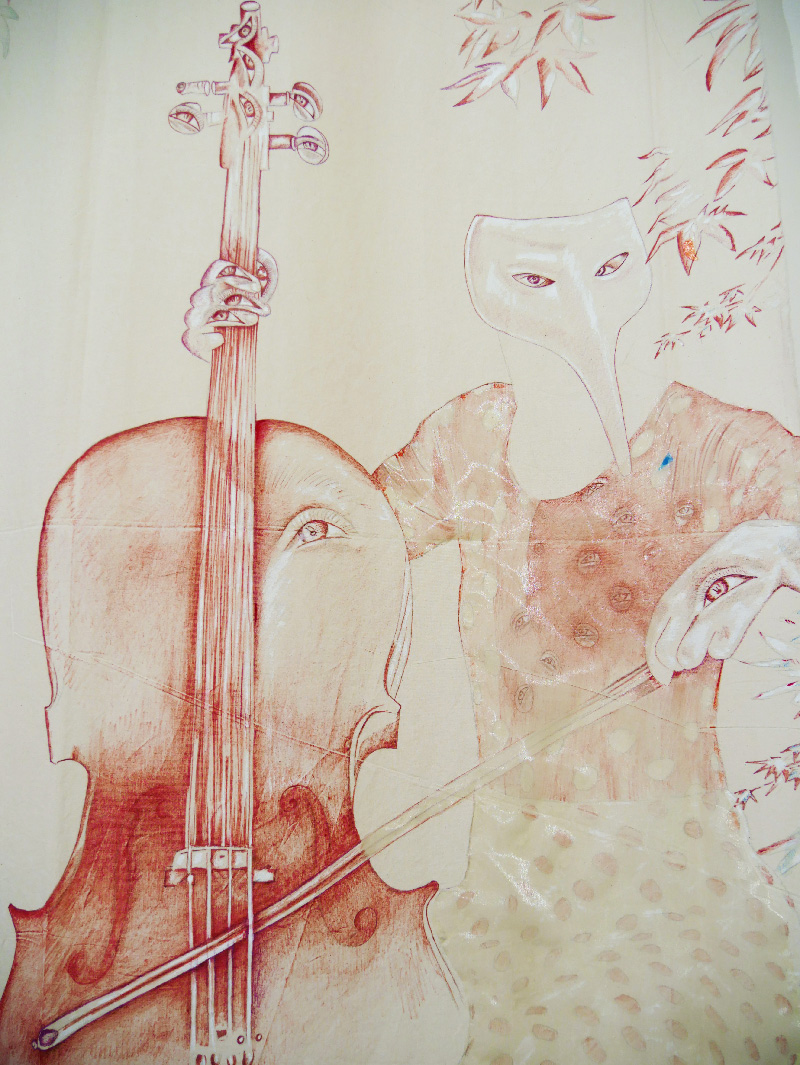
Marie Bergstedt’s work, “Ladies in Lab Coats”, is on show at the European Cultural Foundation in the Palazzo Mora. This work pays homage to the scientific contributions made by women over the centuries. I already knew the piece from Madrid, where it was on display during the World Textile Art meeting in 2019. In Venice, this important work is presented to a larger audience.
